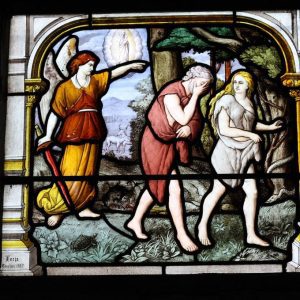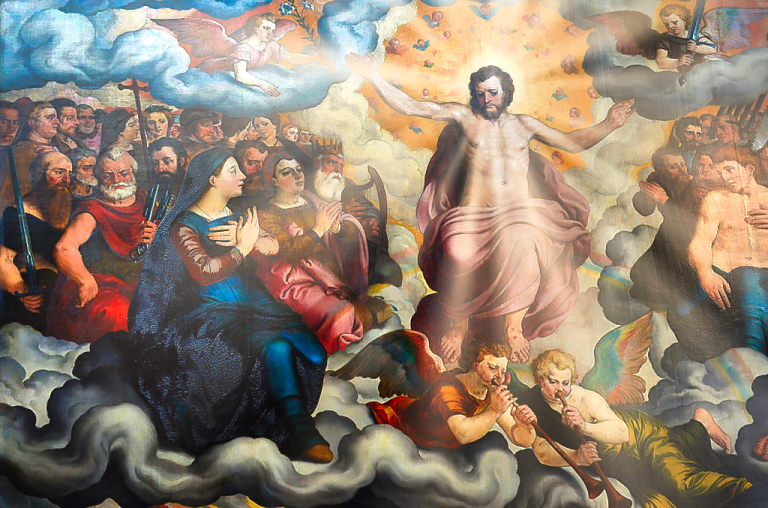The process of making Adirondack chairs was remarkably immune to technical change until the last quarter of the 1900s. Around 1975, the wooden Adirondack chairs sold for thirty to forty to sixty to eighty dollars, depending on size, weight, finish, and the market segment for which they were designed. Production speeds had increased, but not by much. The market was simply not big enough to justify the expenses of automated assembly lines that had so successfully reduced the labor needed to make, for instance, automobiles.
About this time, the first resin Adirondack chairs were produced from injection molds. They ran in injection molding machines. Such a machine melted plastic and injected it into a cavity shaped like an Adirondack chair. These chairs had several advantages. They were light, easy to move around, and were stackable. That meant retailers could put a stack of chairs in a small footprint and that customers could, at the end of the season, stack them compactly for winter storage.
Saving more time and money , the resin chairs did not need to be sanded, primered, and painted before being sold. Nor did they need to be “touched up” with fresh paint every year or so. As chemistry improved, the colors held up better. More importantly, one person running an injection molding machine could produce a brand new Adirondack chair every ninety seconds.
A Miracle?
In a very few years, production speeds went from one person producing one chair in eight hours to one person producing 320 chairs in the same period of time. The production equipment cost more than a bandsaw and sander.
An injection mold might cost $250,000.00. A used injection molding machine costs twice that amount, with another quarter of a million in getting it set up and another quarter million in peripheral equipment. So, for a little over a million dollars, and a sizable investment of many times that in a new or existing plant, since one machine running by itself would not be effective or efficient, the production of Adirondack chairs per person could be multiplied by 320 times.
At prevailing labor rates of 8.00/hr, the injection molding operator costs $64.00/shift. At that same rate, the 320 workers needed to make a similar number of chairs at individual shops and locations would cost $20,480/shift. Each million dollars in investment for the injection molding equipment was paid for in fifty days of 8 hour production. In actuality, injection molding plants run 24/7, so a million dollars is, in theory, recouped every 17 days.
This level of profitability never lasts long. As soon as it became evident that someone was making, or had the capacity to make, a million dollar savings every 17 days, dozens of people leapt into the resin Adirondack chair market, each believing that they were alone in having come to such a brilliant conclusion. As this happens (and it does in any field of endeavor), the anticipated profits begin to evaporate. Financial woe befalls those who have borrowed or spent too much to jump on the bandwagon as the dozens of opportunists’ overproduction hits the market. In the ten years following the introduction of the first Adirondack chair, well over a dozen companies in the U.S. and Canada were making every sort of resin furniture, including the Adirondacks. Now, after two or three decades of turmoil, over-capacity, and bankruptcies, there are three remaining resin furniture manufacturers in English-speaking North America. None of them are getting rich.
As we wonder what happened to the hundreds of workers who no longer had jobs making wooden Adirondack chairs, we do well to see that during this period the amounts paid for welfare, government jobs, medical care, and unemployment insurance went up. That leaves Catholic Fundamentalists with a question: “If a nation’s output of any given product is the same with one person as with 320, shouldn’t the now-unemployed 319 be, to some degree, subsidized?”
The surge of overproduction in resin Adirondack chairs took years to work out. The earliest resin Adirondack chairs sold for 30-40 dollars each. The price dropped as low as 12 dollars in the days of rampant over-capacity. Companies who quickly regretted jumping into an over-crowded market reduced their profits in other lines, simply to keep their machines and people busy making Adirondacks and other resin furniture in which they’d made considerable investments and with which they made ever less money.
At the same time, the number of retailers was decreasing. Larger and larger retailers became increasingly efficient. They developed computerized material handling systems that allowed them to get more goods to the shelves with fewer people. Smaller retailers had higher costs. They could not match the low prices and were forced to close. This made the surviving resin furniture makers more secure, and allowed those manufacturers to keep costs down, which made it more difficult for others to enter the market.
When we picture the last thirty years in every aspect of every business, we see that automation has had the effect on every single product and process that’s represented by the Adirondack chair described above. You would think that there would be no jobs left, by now. But, the fact is that new products and processes, if they are allowed to be invented, actually make things better for everyone. Now anyone can afford an Adirondack chair, and a matching resin ottoman so that they may sit even more comfortably and consider such things with the greater amount of leisure thereby provided.








